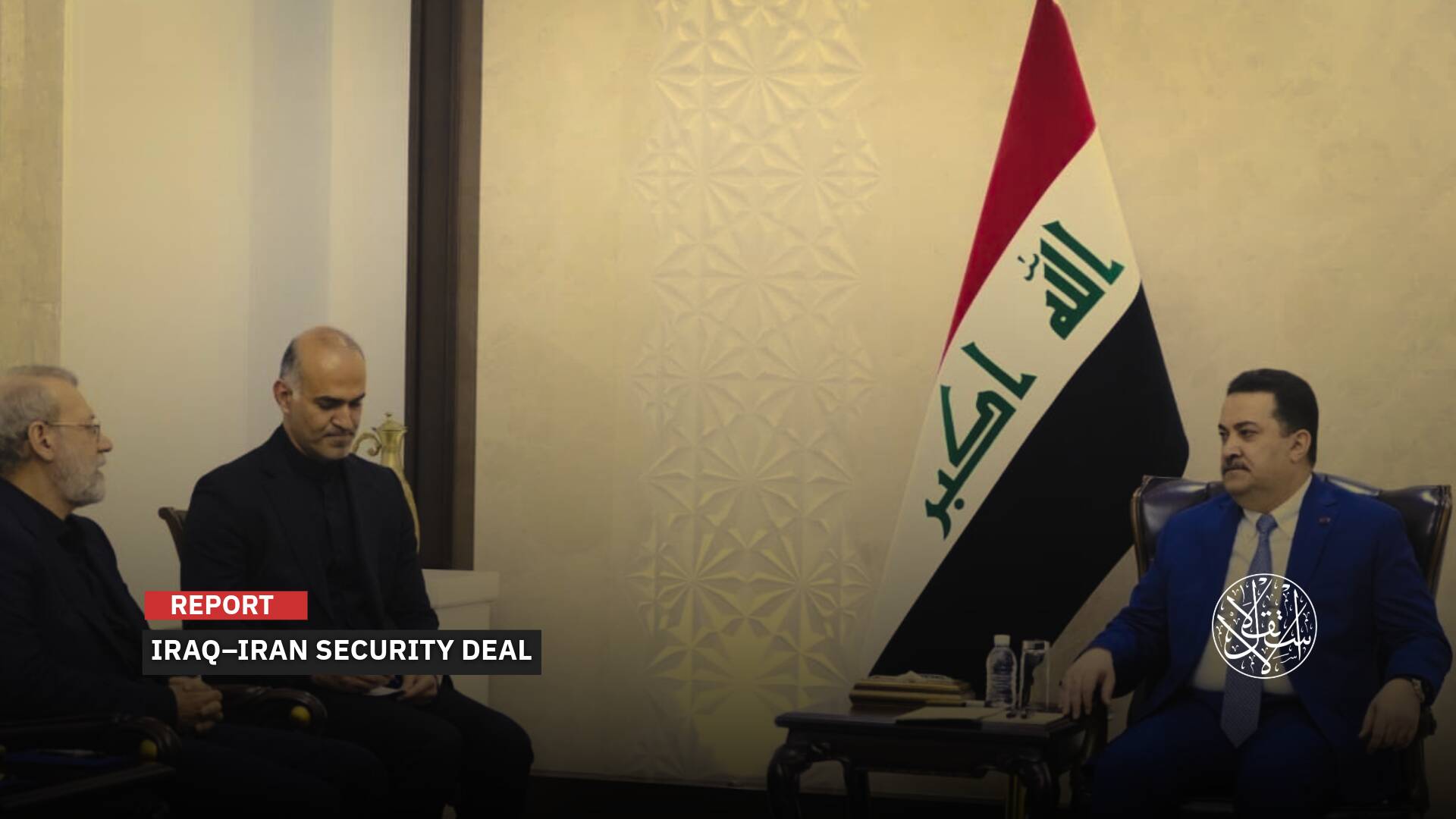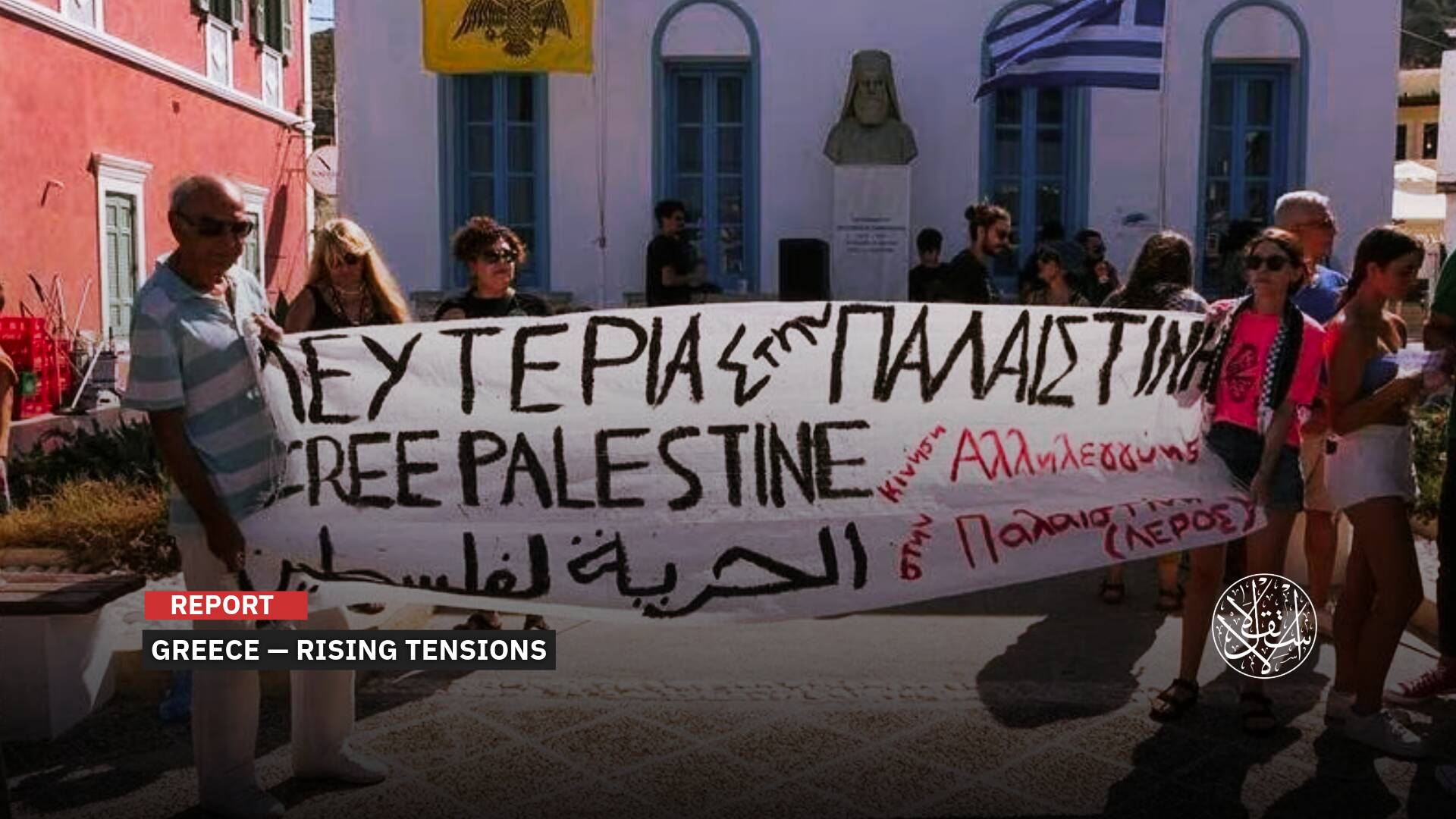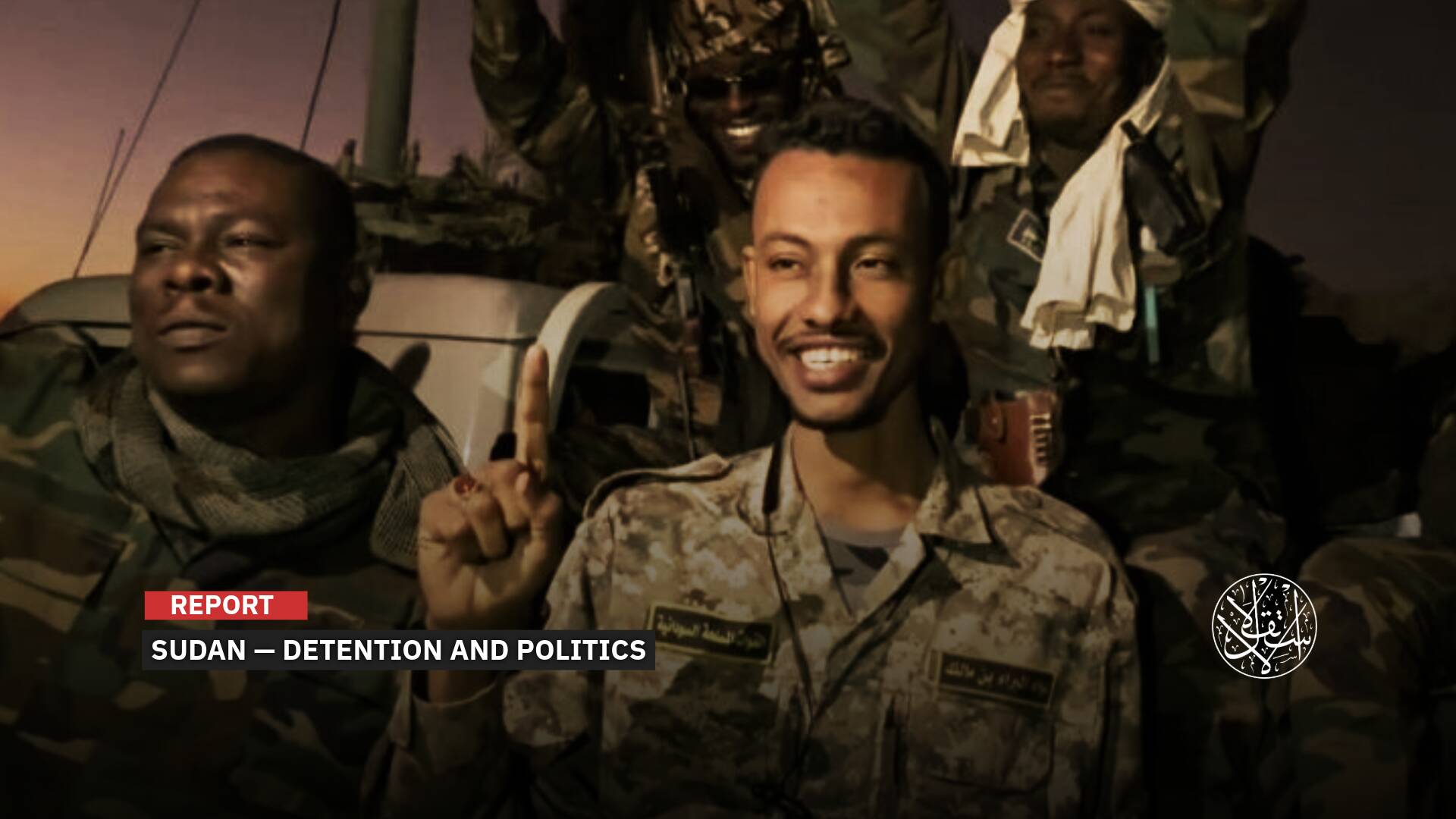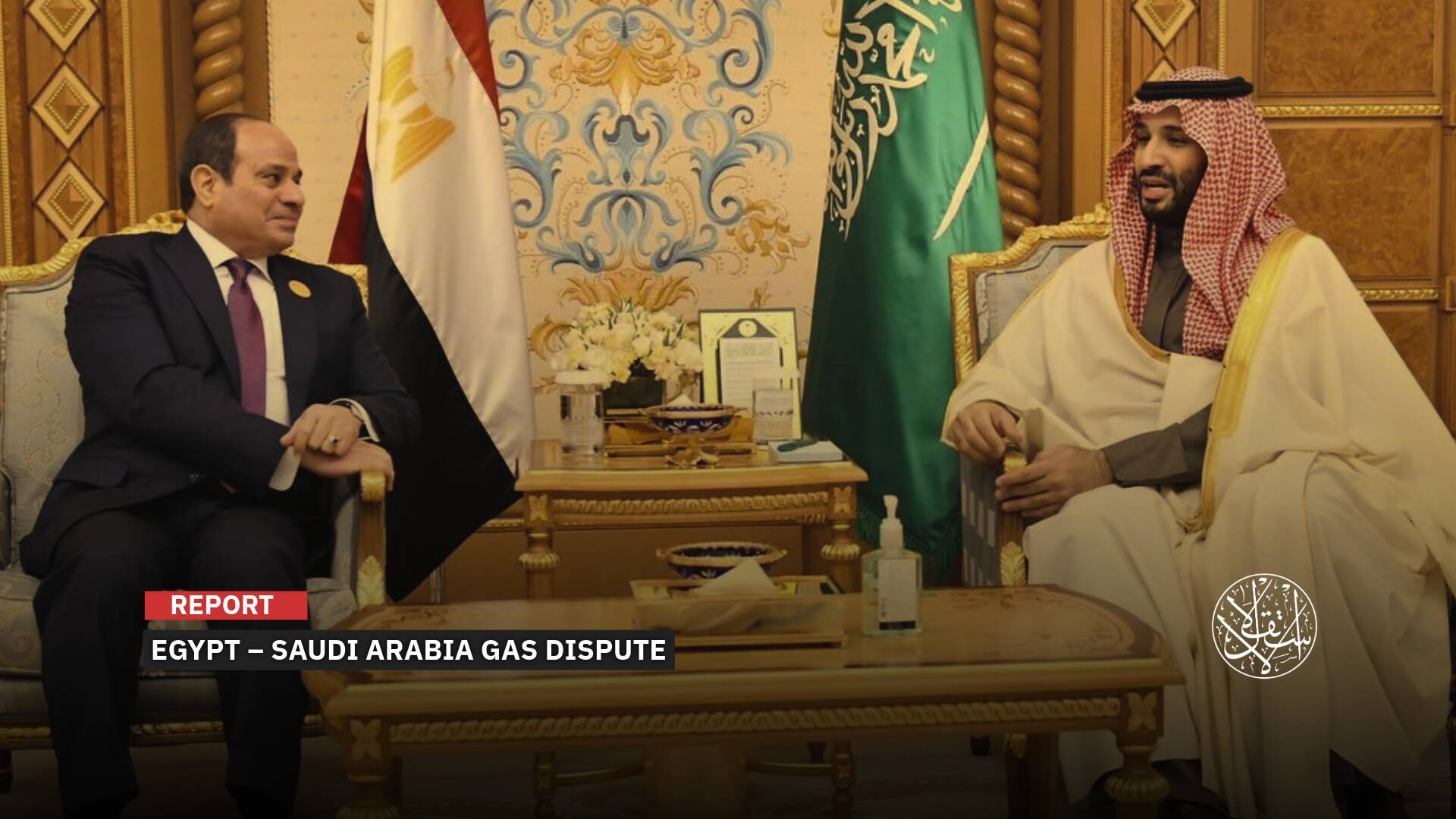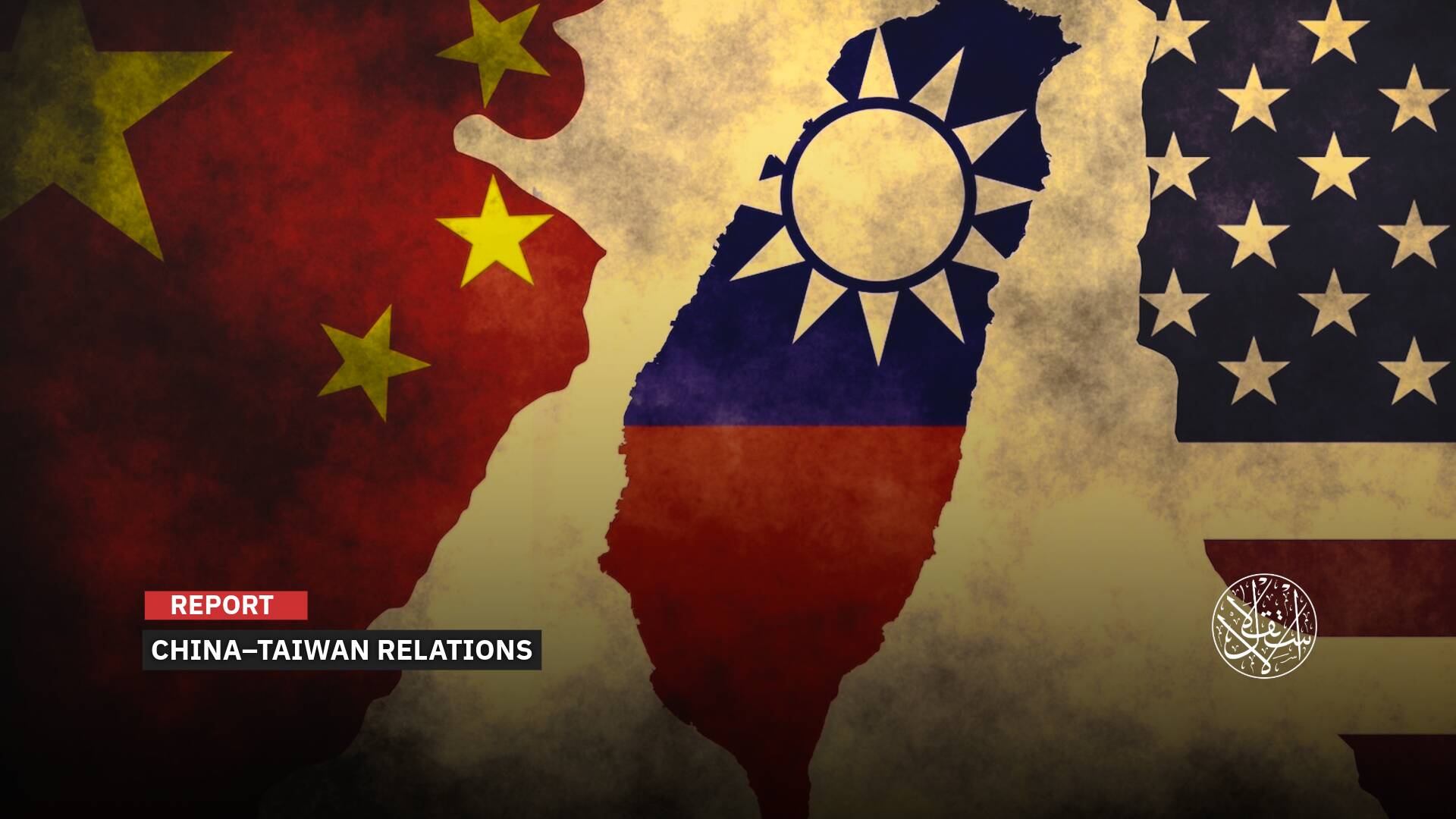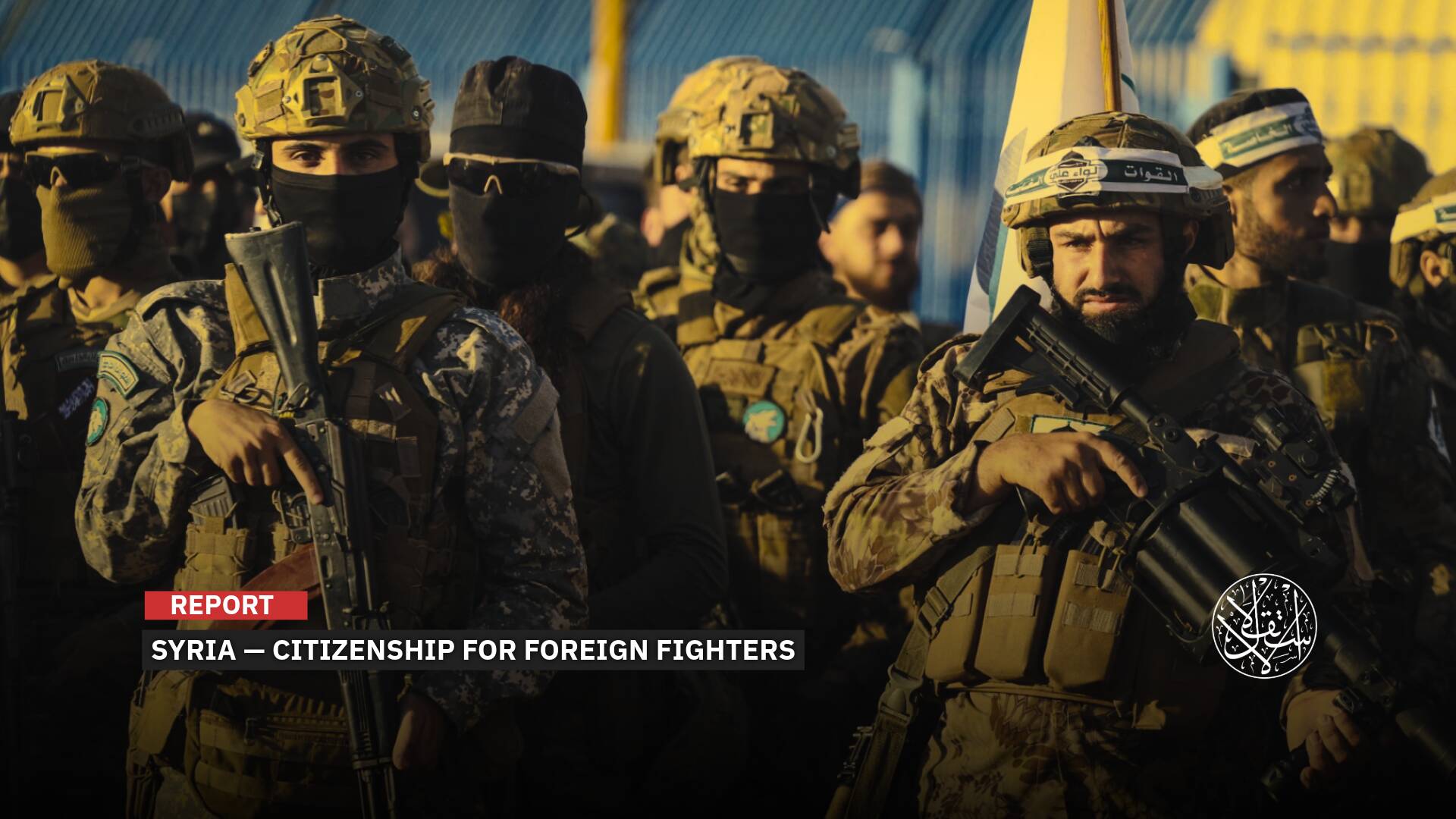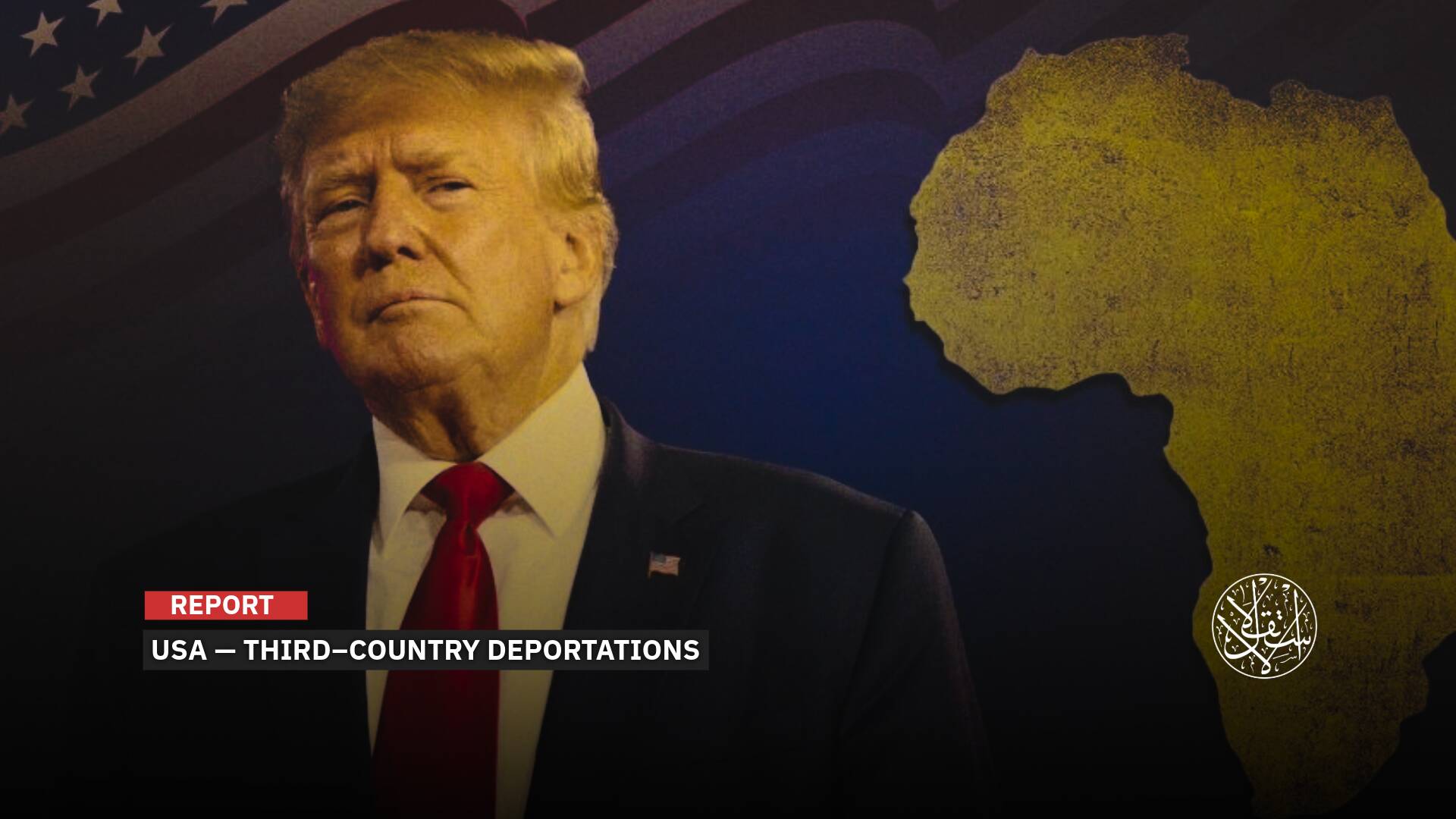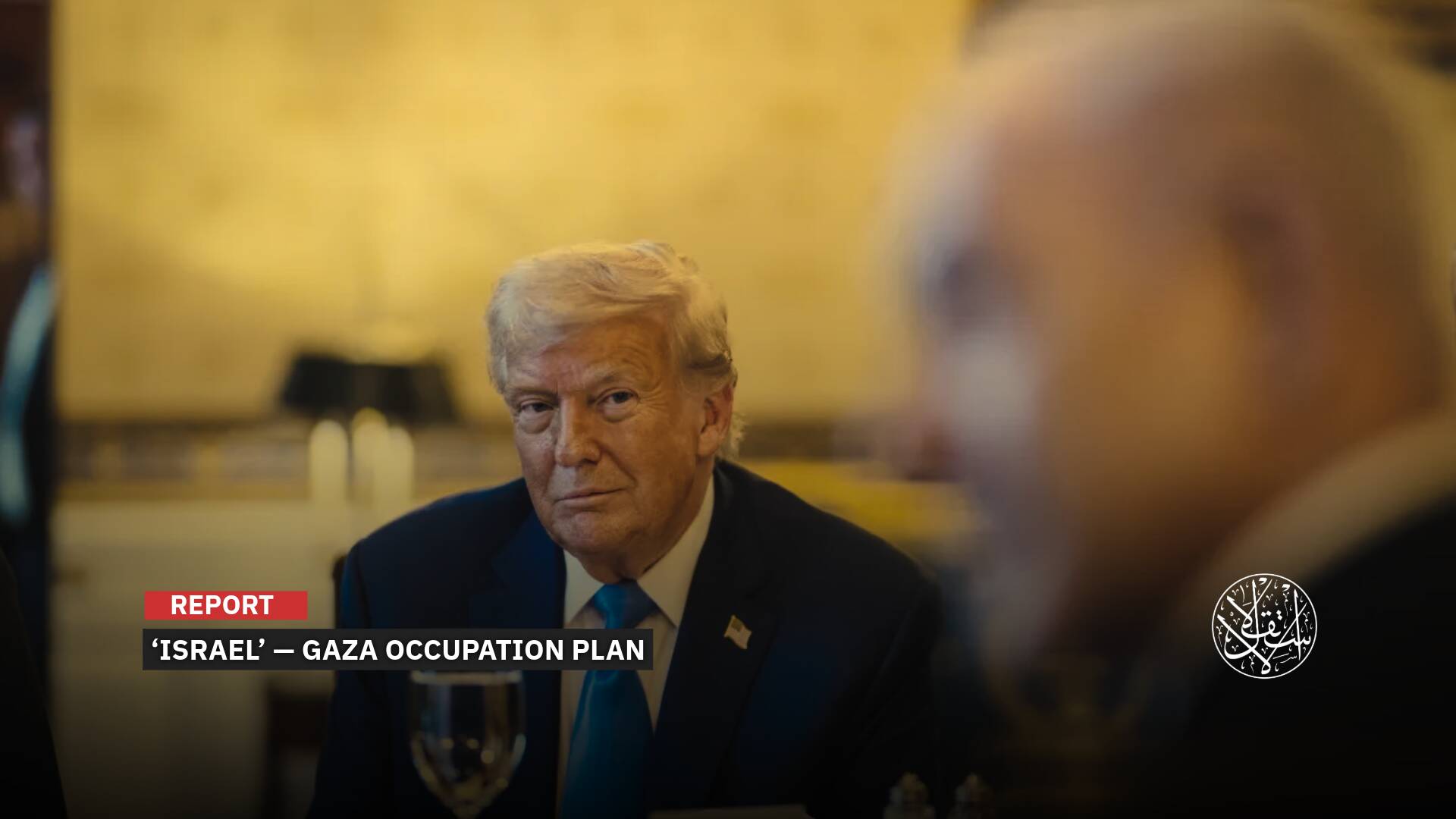A Naval Force and an Emirati Corridor; This Is What Ethiopia Prepared to Confront Egypt
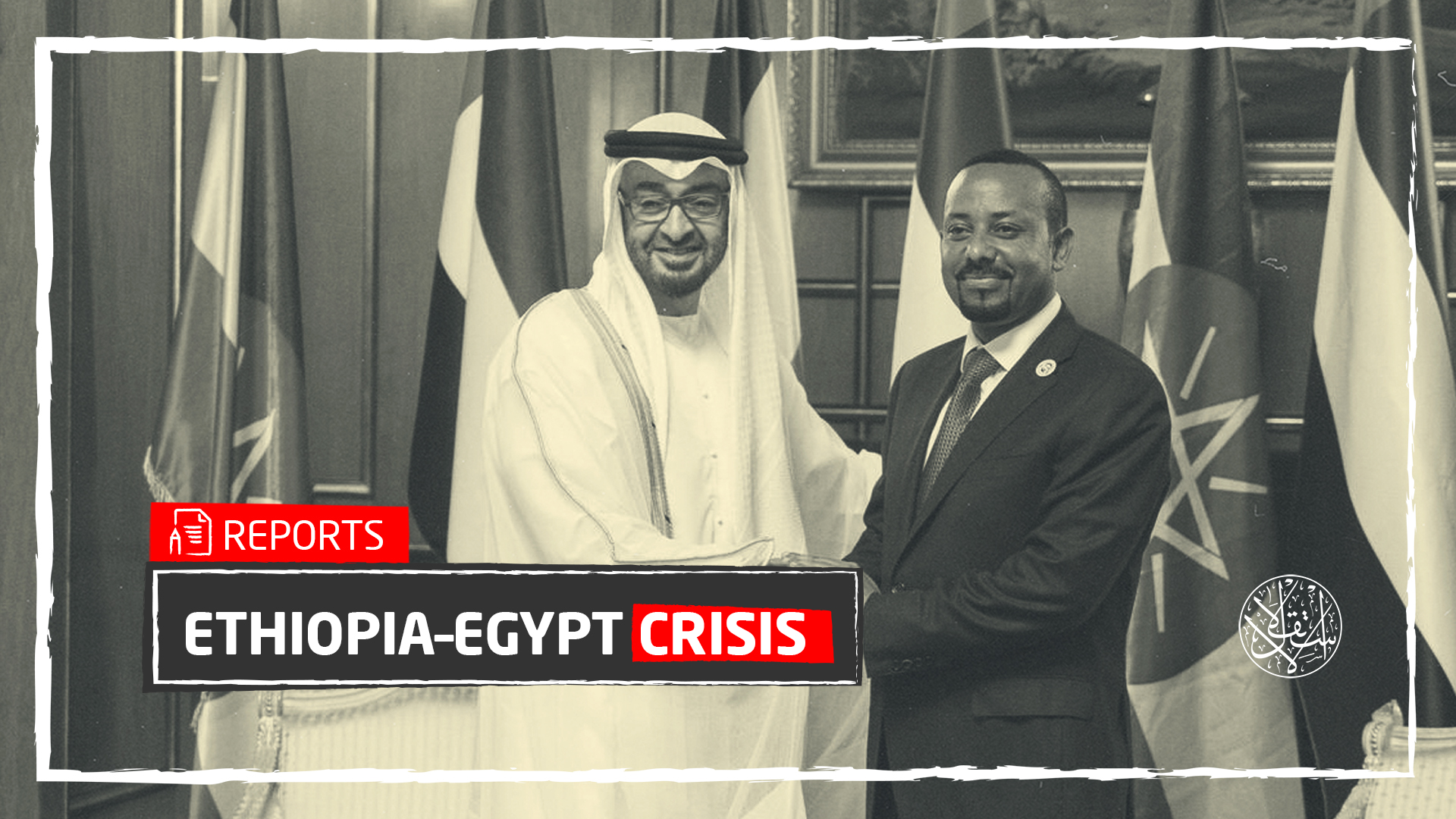
The escalation of the crisis between Egypt and Ethiopia is developing, with Addis Ababa intending to fill the second reservoir of the Renaissance Dam during the upcoming period, which puts Cairo in a critical predicament, with a narrow timeline, facing its biggest national and strategic security challenges.
The media and political mobilization between the two countries went beyond verbal exchanges to direct action, as Egypt announced new arms deals, led by the purchase of 30 Rafale fighter jets from France.
Cairo media mentioned that it was a message addressed to Ethiopia, and at the same time, the Addis Ababa government announced the establishment of the first military naval force in its history, even though it is a landlocked country, and this was its weakest aspect.
Here, Ethiopia was not alone on its way, as the UAE opened a corridor to the seas through Somaliland, as an outlet for it on the seas and an additional power factor in its hand, which was a shock to the Egyptian public opinion.
Especially since Abu Dhabi was considered a close ally of the Egyptian regime, and its Crown Prince, Mohammed bin Zayed, is one of the close leaders of the Egyptian regime’s President Abdel Fattah Al-Sisi in the Arab region, and the question has risen about the repercussions of that process on the already raging file.
On May 6, 2021, the UAE, through DP World, signed an agreement with the Ethiopian government to cooperate in the field of infrastructure, in addition to establishing a trade corridor up to the semi-independent territory of Somaliland.
The main objective of the UAE–Ethiopia agreement was to provide logistic services all along the corridor linking Ethiopia and the Port of Berbera to unleash great benefits for Ethiopia and achieve a qualitative leap in opening its port on the seas.
Ethiopia is a landlocked country (not bordering any seas), and it will use the Berbera port in Somaliland as an alternative, which will bring enormous benefits to Addis Ababa, especially in its conflict between Egypt and Sudan due to the Renaissance Dam crisis.
The Ethiopian government also announced a plan to establish an additional berth in the port of Berbera, in line with the plans that DP World began implementing, with the addition of new equipment to improve the efficiency and productivity of the port, especially since Ethiopia’s vision towards the seas goes beyond mere economic benefits, to military aspects.

Naval Force
Ethiopia does not have a real naval military force, as it is a landlocked country, so it did not possess any heavy military navy, except for some small boats and ships.
However, on May 4, 2021, developments occurred when the Ethiopian Navy announced the reconfiguration of its navy, and raised its new emblem, medal and uniform, during a ceremony held at the Air Defense College in Bishoftu.
The unveiled emblem is an anchor, an international symbol of the Navy, and a cluster of olives signifying its powerful ability.
The ceremony was presided over by Army Chief of Staff General Berhanu Gola, and Naval Force Commander Kindu Gezu, in a clear sign of the beginning of a different military era for the Ethiopian Navy.
Addis Ababa is moving forward with what Prime Minister Abiy Ahmed announced in June 2018, when he pledged to rebuild the naval capabilities of the army.
A few months later, he signed a defense cooperation agreement with French President Emmanuel Macron, to develop the Ethiopian Navy and train Ethiopian sailors at the hands of the French armed forces.
In 2019, the American Geopolitics Futures Institute (GPF), which specializes in geopolitical forecasting services, issued its report on Ethiopia’s military development, and said that “Ethiopia wants to build a strong naval fleet, and seeks to restore its ancient glory and build the imperial navy, as part of its political plan.”
It stated that “Ethiopia has a dream of having a military presence in the Bab al-Mandab Strait and the Indian Ocean and to lead the international forces fighting piracy and illegal trade in the coast of Somalia.”
It also stated that “the oil fields discovered in areas of Ethiopia and others on the coast of Somalia and its maritime borders with Kenya, is pushing Addis Ababa strongly towards building a naval force that participates in protecting these areas, especially those located on the coast of Somalia, which does not have a strong army capable of taking responsibility for protecting these wealths.”
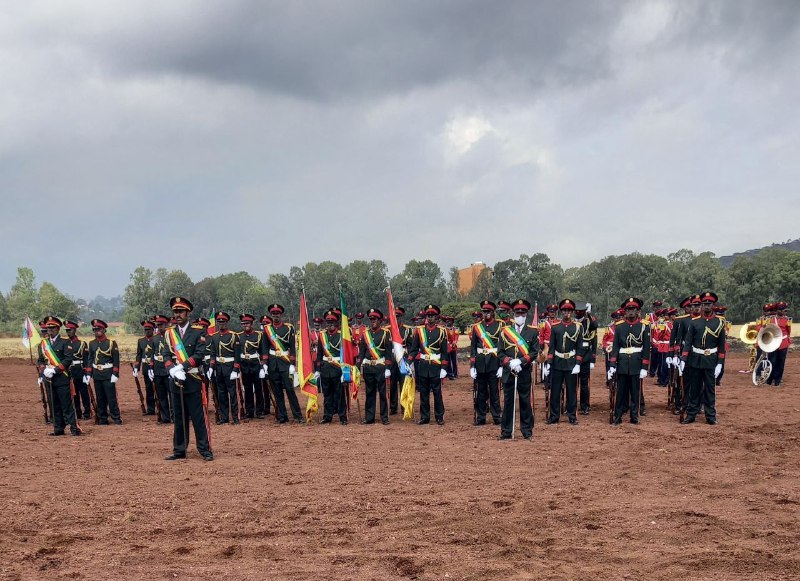
Competition’s Dimensions
On March 17, 2019, the Mogadishu Center For Research and Studies confirmed that “Ethiopia seeks to compete with major countries for influence and power in the African continent, in addition to its urgent need to obtain ports in the Red Sea and the Indian Ocean.”
It attributed this to the fact that Ethiopia’s loss of direct access to the sea after Eritrea’s independence in 1993 raises its concern and weakens its ability to defend its interests in the Red Sea or the Gulf of Aden.
The Mogadishu Center stated in its report: “Addis Ababa wants to become the most powerful regional power in Africa, and the evidence for this is that it has carried out comprehensive political and economic reforms in the past years to enhance its internal stability, control the country’s population of about 100 million people, secure its borders, and provide a port that helps it transport its exports to the world.”
At the time, the report suggested Ethiopia’s intention to build a naval military base in one of the countries in the Horn of Africa bordering the sea, Somalia, Djibouti, Kenya, Eritrea or Sudan, and it had not been revealed where it would choose among those countries yet.
Landlocked Ethiopia wants a navy: a video report in 2019 that speaks of the options that Ethiopia has to create a corridor to the seas to establish its naval forces.
Years passed until the UAE helped it achieve its purpose, and achieved one of its most important strategic gains in recent years, by opening a corridor for it through the port of Berbera in Somaliland.
The port of Berbera has long attracted the attention of world powers, led by the United States and Russia, due to its strategic location near the Bab al-Mandab Strait that connects the Gulf of Aden and the Red Sea. The coastal ports of Somaliland are among the most valuable in the region.
Addis Ababa will be able to protect itself in the event of any military confrontation or skirmishes with any hostile forces, on top of which is Egypt, as the Egyptian navy is the largest in the Middle East and North Africa.
Treacherous Stab
Egyptian journalist Kotb El-Araby wrote a post on his personal Facebook page, commenting on the close Emirati–Ethiopian cooperation against Egypt, in which he said: “We had predicted the UAE’s malicious role. We were aware that its conspiracy was not only against the Muslim Brotherhood and the rest of the Islamic forces, but it also conspired against Egypt, the homeland and the people.”
He added: “Some of its aid and investments have not deceived us, as it invests many times more in other places, and it uses these aids and investments for its malicious purposes, not for the sake of God.
“We were precognitive at revealing the truth of its position in the Renaissance Dam crisis, and its support for the Ethiopian side in building the dam, and then the evidence came, successively, to confirm our observation. The most recent evidence is the signing of a strategic partnership agreement between the Ethiopian government and the Dubai ports company DP World, under which the UAE will develop roads and logistic services in Ethiopia to link it with the Somali port of Berbera, which is operated by DP World.”
He further explained: “With this, Ethiopia will have a sea port on the Red Sea with the help of the UAE, which allowed Ethiopia to announce the establishment of a naval force even though it is not a maritime country.”
For his part, Egyptian political researcher Mohamed Maher told Al-Estiklal that “the Emirati treacherous stab in the back of Egypt is not the result of the recent agreement between Ethiopia and the UAE.”
Since the first moments of proceeding with the construction of the Renaissance Dam in 2011, the UAE has invested billions of dollars in the project and in commercial cooperation with Addis Ababa, being the closest Arab country to the Ethiopian position, and has played a dangerous role in pushing the crisis to this stage, despite false declarations of siding with Egypt or willing to play the role of mediation, according to Maher.
The Egyptian researcher stressed: “The regime of Abdel Fattah Al-Sisi is the main cause of the crisis from its very foundation, and he is the one who signed the agreement of principles [regarding the Renaissance Dam] and went to Addis Ababa, and stated that the problem ended irreversibly, and bowed to the Emirates and its will in a way that no Egyptian ruler has done in history.”
He explains: “Currently, the common saying ‘all your allies betrayed you’ applies to Sisi, but unfortunately the harm will fall on Egypt, its people and future generations.”
Maher added: “Whoever thinks that the UAE has helped Egypt in the past, and only then its positions have fluctuated, is mistaken. The UAE is a mainstay in the axis of weakening Cairo, since its support for the counter-revolution and the military coup, all the way to the Renaissance Dam.”
The main purpose is to limit Egypt’s power and ability in the region over the long term, and the problem of the Ethiopian dam is not only water, but also stripping the independence of the Egyptian decision and will, and making it a forever submissive state that cannot deviate from the context set for it, according to him.


